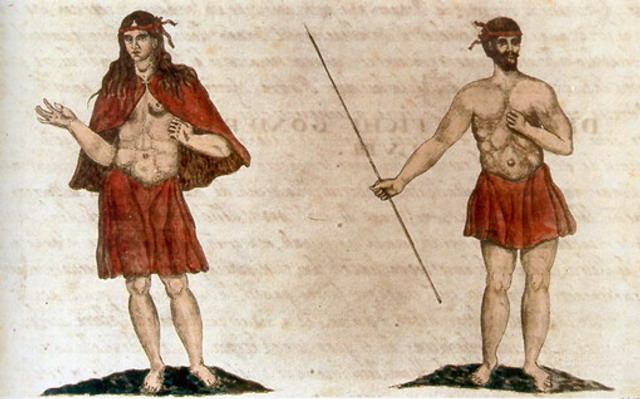I had been silent for a long time not because I had nothing to say; since I was busy writing a new chapter of my third book.
The chapter is called The Quest for the River of Gold; it comprises about 11 K words and consists of three parts:
a.
The
Near Shore: Christian Mercenaries, Merchants, and Monks in the Maghrib
b:
Under the Desert Sun--The Vagaries of the Trans-Saharan Trade
c: The Gold of Wangara
The last part, Reappraisal, sums up the chapter.
The first part shows that despite religious antagonism between Christianity and Islam, which took shape in the long-term wars of the Reconquista, international trade between the northern and southern shore of the Mediterranean went on and multiple Latin merchants found themselves lodging in the funduks in Muslim port cities. Besides, Berber rulers would enlist European mercenaries to fight their wars on African soil. These warriors and their families resided in special quarters in Muslim cities, such as Marrakesh, the capital of the Almohad sultanate, and attended church service.
The second part focuses on trans-Saharan commerce: the hardships to cross the Great Desert, security, commodities, and terminals.
The third part elaborates on the activities of the Wangara to create trading communities and pockets of Islamic education across West Africa.
The chapter will include two images:
The sculpture of Malian rider proves that until the Late Middle Ages the West African cavalry rode unsaddled horses.
The miniature portrait of Mansa Musa, the Malian most famous sovereign, with the insignia of royalty, including a gold nugget or a "blank" gold coin. As usual, I will not upload this chapter immediately but as a special favor for you, I am presenting the first page and will be happy for any comments.
"The public associates the Late Middle Ages with
incessant strife of antagonistic faiths which took shape either of a crusade or
a jihad. My research calls this pervasive approach into question due to the
presence of the restricted contingents of Latin Europeans on the southern
shores of the Mediterranean. Giving an account for this phenomenon requires a
new set of arguments. Religious fanatism was not the only platform to drum up support
for achieving one’s goals.
Neither the papal moratorium on the export of military supplies beyond
the bounds of Christendom nor vetoes of Islamic jurists on the commerce with the
infidels could break off stable mercantile ties linking the opposite shores of the
Great Sea. The enticing
prices that entrepreneurs from both sides were willing to pay to sustain the
brisk trade could curb any sense of remorse.
Capitalizing on the dependency of North African
rulers on raw materials, European dealers would impose agreements enabling them
to put a shaking foot in the abode of Islam. Sedentary
merchants, who ran their affairs from the metropolis, would commission commercial
agents to do business in Muslim emporiums. For their convenience, Latin brokers
required a fortified enclave dubbed “funduk” which combined living quarters,
commercial facilities, and warehouses.
European governments endeavored
to land an exclusive treaty, attempting to
talk Muslim authorities into reducing customs duties and providing
their compatriots with a well-guarded campus in the port area. Here, the
tenants enjoyed a few amenities which rendered the air of a private space apart
from the Islamic society: a bathhouse, a chapel, and an oven, allowing for daily
hot meals. In compliance with home culinary traditions, the chefs operating
these stoves had a license to cook pork and use lard. This diet abhorred the orthodox
adepts of the Quran, who deemed the Christian cuisine contaminated.
Providing a proper burial
for compatriots was a matter of life or death. If a tenant happened to lose his
life overseas, he would be interred in a Christian graveyard in compliance with
the holy ritual.
Although the Berber
authorities endorsed long-distance trade that would swell state coffers, they made
every effort to restrict contacts between the foreigners and the outside world.
At the close of the day, the “funduk” was placed under dusk-to-dawn curfew whereas
on Muslim holidays the walled compound was under lockdown. On a black-letter
day, guests wishing to stir from the premises had to accept the escort of a
local fellow, who served as their guide and interpreter, even if they were
old-timers and spoke fluent Arabic. The official explanation cited the danger
of harassment by a wild mob. Political leaders implemented tight control over dealers
from overseas. A sultan owned stock of lucrative
goods and forced foreign merchants to empty his warehouses, purchasing pepper at
an inflated price, before entering the open market, where the exchange was
often handled by local intermediaries".









